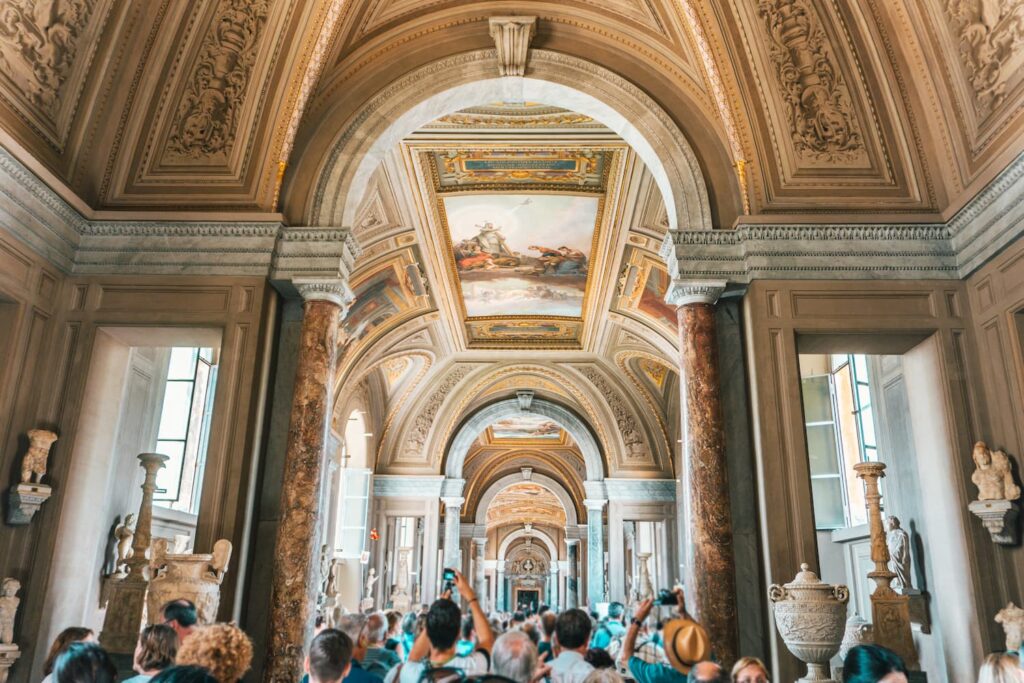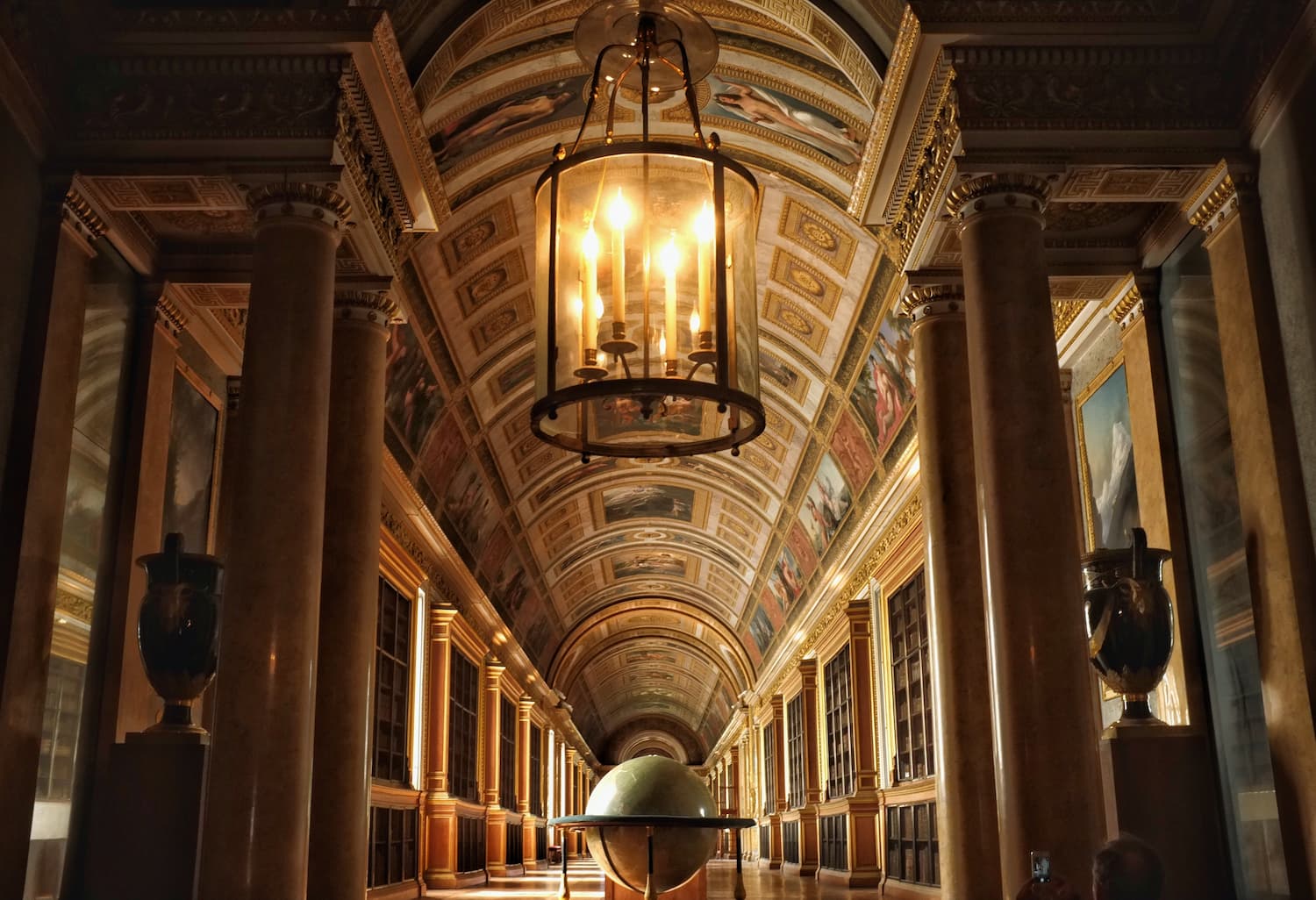When it comes to exploring the rich tapestry of human history, art, and culture, museums serve as the gateways to our past, present, and future. From the grand halls of the Louvre in Paris to the contemporary displays of the Guggenheim in New York, each museum offers a unique experience that reflects the diversity of human creativity. These institutions not only preserve artifacts and artworks but also provide a space for education and inspiration, inviting visitors to embark on a journey through time and imagination.
One of the most iconic museums in the world, the British Museum in London, boasts a collection that spans over two million years of history. Its vast array of exhibits, including the Rosetta Stone and the Elgin Marbles, attract millions of visitors each year. Similarly, the Metropolitan Museum of Art in New York City showcases over 5,000 years of art from around the globe, offering a comprehensive look at the evolution of human expression. These museums are not just repositories of artifacts but dynamic institutions that continue to shape our understanding of the world.
The role of art galleries in contemporary culture
Art galleries play a crucial role in the contemporary cultural landscape, serving as platforms for artists to present their work and for audiences to engage with new ideas. Unlike traditional museums, which often focus on historical artifacts, art galleries typically emphasize contemporary art, providing a space for innovation and experimentation. This distinction allows galleries to respond quickly to current events and trends, making them vital hubs of cultural exchange and dialogue.
The Tate Modern in London, for example, is renowned for its cutting-edge exhibitions and its commitment to showcasing modern and contemporary art. The museum’s unique location in a former power station adds to its industrial charm, making it a favorite destination for art enthusiasts. Similarly, the Museum of Modern Art (MoMA) in New York City is celebrated for its diverse collection and its role in promoting avant-garde art movements. These galleries not only display art but also challenge viewers to think critically about the world around them.
Maximizing your online presence: SEO tips for museum and gallery websites
In today’s digital age, having a strong online presence is essential for museums and galleries looking to attract visitors and engage with a global audience. Search Engine Optimization (SEO) plays a crucial role in enhancing the visibility of these institutions online. By optimizing their websites for search engines, museums and galleries can ensure that potential visitors can easily find them and learn about their exhibits, events, and educational programs.
One effective SEO strategy is to incorporate relevant keywords into website content. For instance, a museum could use keywords like “historical artifacts,” “art exhibitions,” and “cultural events” to attract search traffic. Additionally, creating high-quality, informative blog posts and articles can drive organic traffic to the website. Linking to authoritative sources and including internal links to other relevant pages on the site can also improve search rankings. For those seeking professional assistance with their SEO strategies, consulting experts such as Dr Seo can provide valuable insights and help optimize online presence.

The future of museums and galleries
As we look to the future, museums and galleries must continue to adapt and innovate to remain relevant in a rapidly changing world. The integration of digital technologies, such as virtual reality and interactive exhibits, is transforming the way we experience art and history. These advancements not only enhance the visitor experience but also make museums and galleries more accessible to a global audience.
Institutions like the Smithsonian in Washington, D.C., are leading the way by incorporating digital archives and virtual tours, allowing people from all corners of the world to explore their collections. Similarly, the Uffizi Gallery in Florence has launched a virtual tour of its Renaissance masterpieces, providing an immersive experience for art lovers who cannot visit in person. These innovations ensure that museums and galleries remain dynamic and inclusive spaces for learning and inspiration.
In conclusion, museums and galleries are more than just places to view art and artifacts; they are vibrant cultural institutions that connect us to our shared heritage and inspire future generations. By embracing digital technologies and optimizing their online presence through effective SEO strategies, these institutions can continue to thrive and reach new audiences worldwide.
